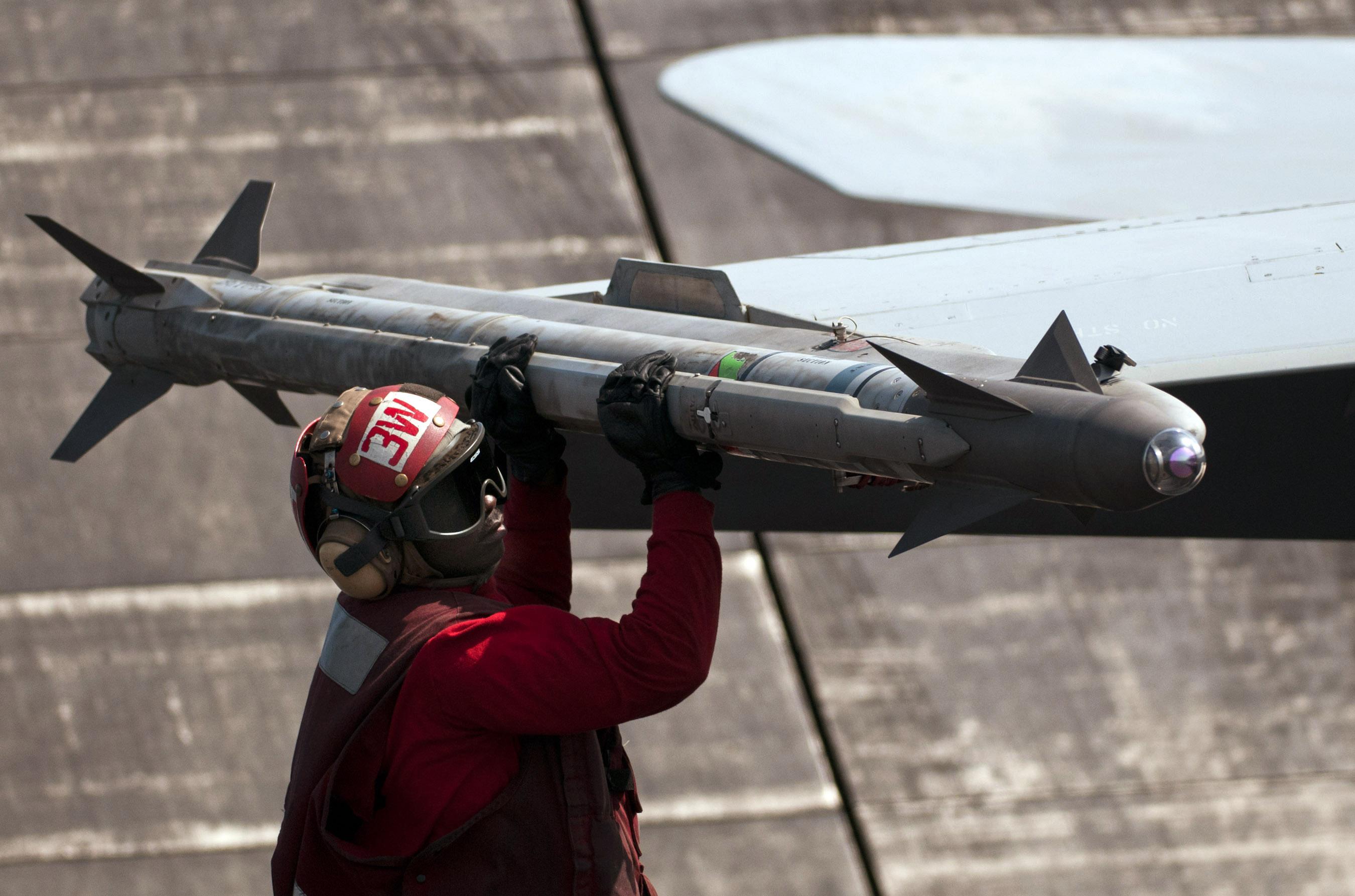The Japan Ministry of Defense (MoD) said it has expedited the upgraded Type 12 surface-to-ship missile (SSM) deployment by a year.
To bolster stand-off defense capabilities, the missile deployment, initially planned for 2026, has been advanced to 2025, the MoD said in a press release in mid-December.
Japan intends to enhance its counter-strike missile capabilities by deploying Type 12 early as part of its National Defense Strategy (NDS) to face growing military threats from North Korea, China, and Russia.
A contract to develop and mass-produce enhanced Type 12 SSMs was signed by the MoD and Mitsubishi Heavy Industries (MHI) in April.
The development of an updated Type 12 prototype was given JPY33.8 billion (US$235 million) by the ministry in the 2023 budget. According to MoD estimates, the entire cost of research and development for the missile will be JPY 150 billion.
The Japanese Defense Ministry considers standoff missiles and drones critical to the country’s future protection. Within the next ten years, Japan also hopes to have five-times-the-speed-of-sound hypersonic standoff missiles in service.
With the challenge posed by the three countries – China, North Korea, and Russia -Japan has undertaken a massive military modernization with long-range counterstrike capability at its heart.
The timing of expediting these potent longer-range anti-ship missiles by a year comes when the threat from North Korea’s missile program is intensifying, and China is refusing to end its intimidation of Taiwan, which is seen as a significant threat to its security by Tokyo.

Initially, the Type 12 SSM had a range of around 200 kilometers. In comparison, the new extended-range version will reportedly have a range of at least 900 kilometers, which could eventually be increased to 1,200 kilometers. The upgraded missile version will feature a modified shape with a reduced radar cross-section (RCS) to make it stealthy.
In December 2020, the Ministry of Defense announced the program to modernize Type 12 SSMs that may be fired from ships, planes, and land. To achieve greater accuracy against mobile targets, the Type 12 SSM will also feature Up-to-Date Command, letting the missile receive targeting information via satellite communications while in flight.
The Japanese government decided to extend the range of the Type 12 SSM in 2020 in light of Chinese maritime expansion and military buildup. The extended-range version of the missile would allow Japan to strike adversary naval vessels from standoff range – outside the range of enemy anti-aircraft missiles.
The Japanese government announced the decision to have counterstrike capabilities in December 2022 in both its National Security and National Defense Strategies. The government noted that having these capabilities would be “a key to deterring invasion against Japan.”
As part of this, Tokyo is also acquiring a host of cutting-edge missiles from its ally, the United States. Last month, The United States approved the sale of 400 advanced Tomahawk missiles to Japan in a bid to bolster its deterrent capabilities in response to what it perceives to be increasing security threats from North Korea and China.
The missiles have a 1,600-kilometer range, which will allow Japan to potentially target enemy bases and command-and-control centers that are located in remote areas. Much like the Type 12 anti-ship missiles, Japan has expedited the acquisition of the Tomahawk missiles by a year and will start receiving them from the fiscal 2025.
Not just that, in a more recent development, the US has approved the transfer of a few other missiles to boost the Japanese military capability.
US Approves Lethal Air Missiles For Japan
The potential sale of air-to-air missiles to the Japan Air Self-Defense Force (JASDF) has been authorized by the US State Department.
The State Department said in statements on December 15 that proposals for Foreign Military Sales (FMS) of 44 AIM-9X Sidewinder Block II Tactical Missiles and 120 AIM-120C-8 Advanced Medium-Range Air-to-Air Missiles (AMRAAM), along with related equipment, had been made.
With a potential sale price of US$224 million, the AIM-120C-8 deal also includes AIM-120 Captive Air Training Missiles (CATMs), missile containers, and equipment and spares for the control section, including ADU-891 Adapter Group Test Sets, Common Munitions Built-in-Test Reprogramming Equipment (CMBRE), and munitions support.
The AMRAAM is a next-generation all-weather missile that can be used in surface-launched systems like the Norwegian Surface to Air Missile System (NASAMS) and combat aircraft like the F-15, F-16, F/A-18, Typhoon, Gripen, Tornado, Farrier, F-4, and F-35 Joint Strike Fighter.
The other missile approved for sale is the AIM-9X, an infrared air-to-air missile part of the AIM Sidewinder short-range missile family. It may be employed with NASAMS and other ground-based launchers and is integrated into the F/A-18G, F/A-18C/D, F-15, F-15C, F/A-18E/F, F-15E, F-16, F-22, and F-35 aircraft.

A US$59.03 million value is projected for the second sale of AIM-9X Sidewinder Block IIs. It includes 29 AIM-9X Sidewinder CATMs, equipment like missile canisters, spare and repair parts, repairables, support and test equipment, publications, and technical paperwork.
Japan’s Air Self-Defense Force consists of 31 F-35A Lightning II fighter jets that can carry an AIM-9X Sidewinder, 156 F-15J Eagles, and 44 F-15DJ Eagles. The goal of the missile-type sale to Japan is to “improve Japan’s capability to meet current and future threats,” according to a statement released on December 15 by the US Defense Security Cooperation Agency (DSCA).
- Contact the author at Sakshi.tiwari9555(at)gmail.com
- Follow EurAsian Times on Google News




